- Home»
- Teaching and Learning»
- Hindhayes Curriculum»
- Core Subjects»
- Maths»
- Multiplication and Division Provision Map»
Multiplication and Division Provision Map
This document is subject to change as we continue to work as a school on curriculum development.
|
Recent research shows us that: |
Improving Mathematics in the Early Years and Key Stage One (EEF 2020) make the following recommendation: Use manipulatives and representations to develop understanding. Ensure that children understand the links between the manipulatives and the mathematical ideas they represent.
Developing multiplication and division skills at Hindhayes - The journey towards understanding multiplication begins with making ‘groups of’, where the children will work with concrete materials to group them into 2s, 5s or tens. We understand that these groups are constant and that we can become more efficient in counting them by counting in steps of 2, 5 or 10. Active counting games support counting forwards and backwards in steps of 2, 5 or 10. Investigation into the patterns found when counting in these steps allow the children to spot comparisons and make connections. Reasoning and problem solving around statements such as True or false - numbers in the 2 times table never have a 9 in them. We want the children to make practical applications with their skills, such as counting coins, 10 gram weights and tally charts so that they see real purpose for their learning. As always, making clear links within their learning is imperative, making the use of stem sentences very powerful – if I know 5 + 5 + 5 + 5 =20, then I also know 4 X5 = 20. As children approach year 2, we study commutativity and deriving unknown facts from facts that we know eg I know 10 x 5 = 50, so 12 x 5= 50 + 5 + 5. Links between division and multiplication are then made, with the use of arrays to support division as grouping. Making fact families using division and multiplication further strengthens these connections. Please see CLP Calculation policy for agreed calculation methods.
Download the document below.

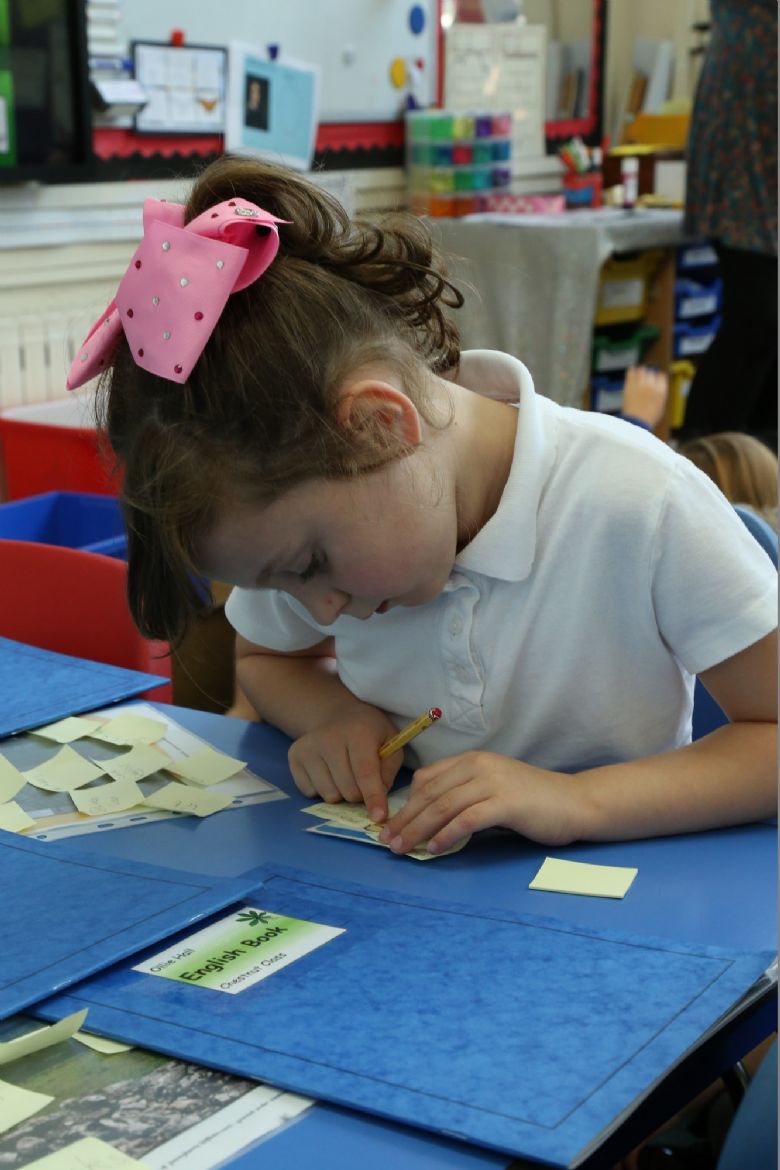
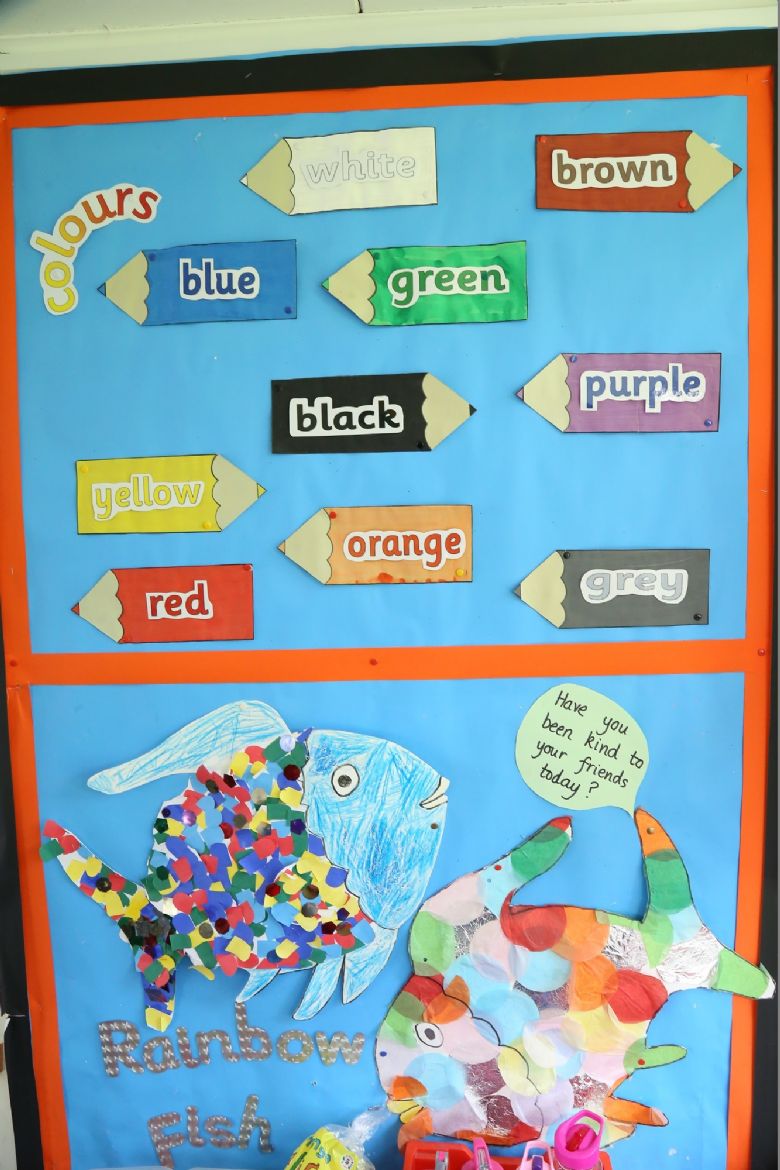
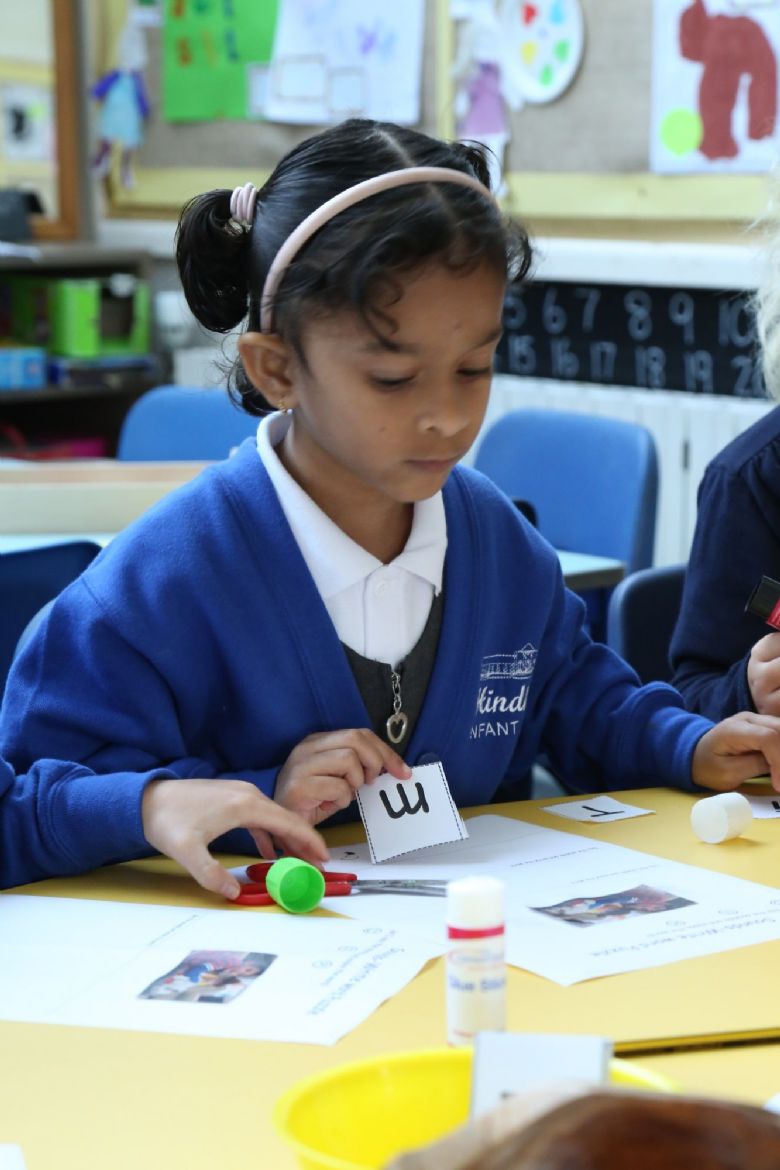
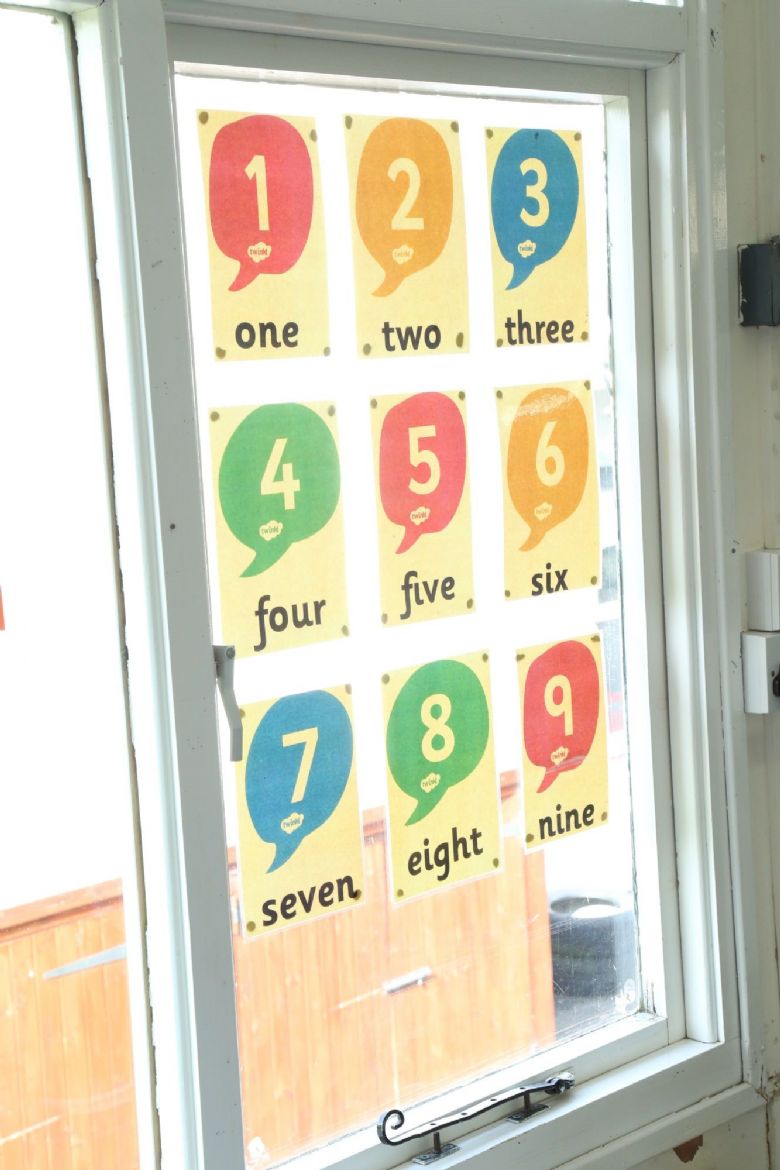
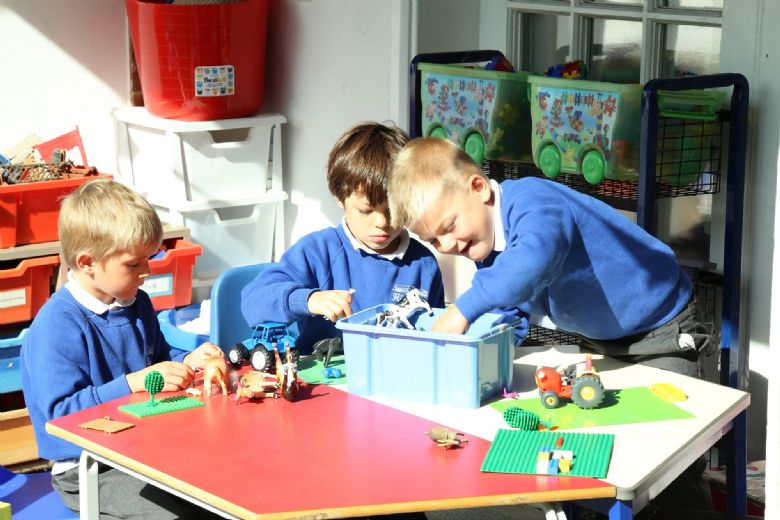 ''
''